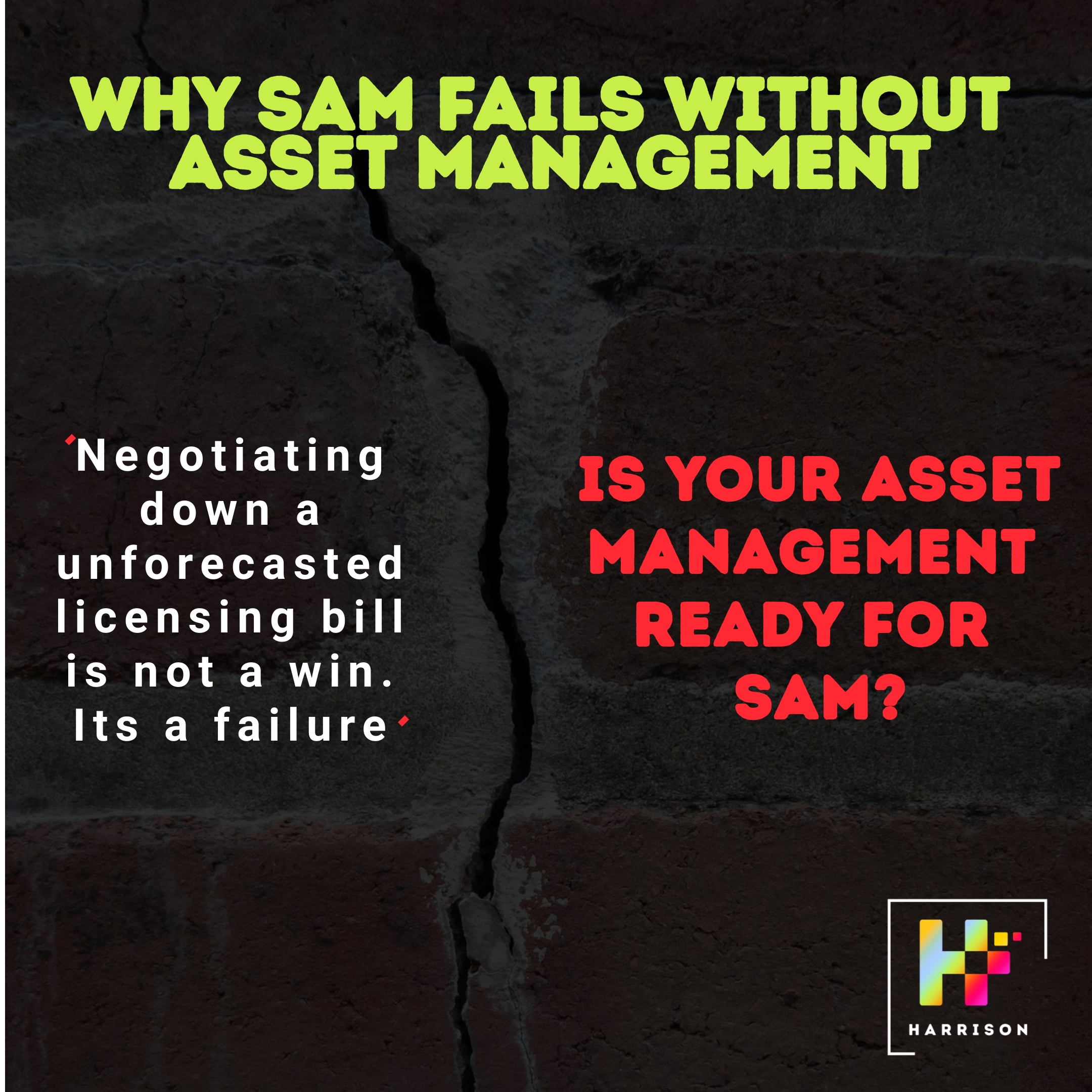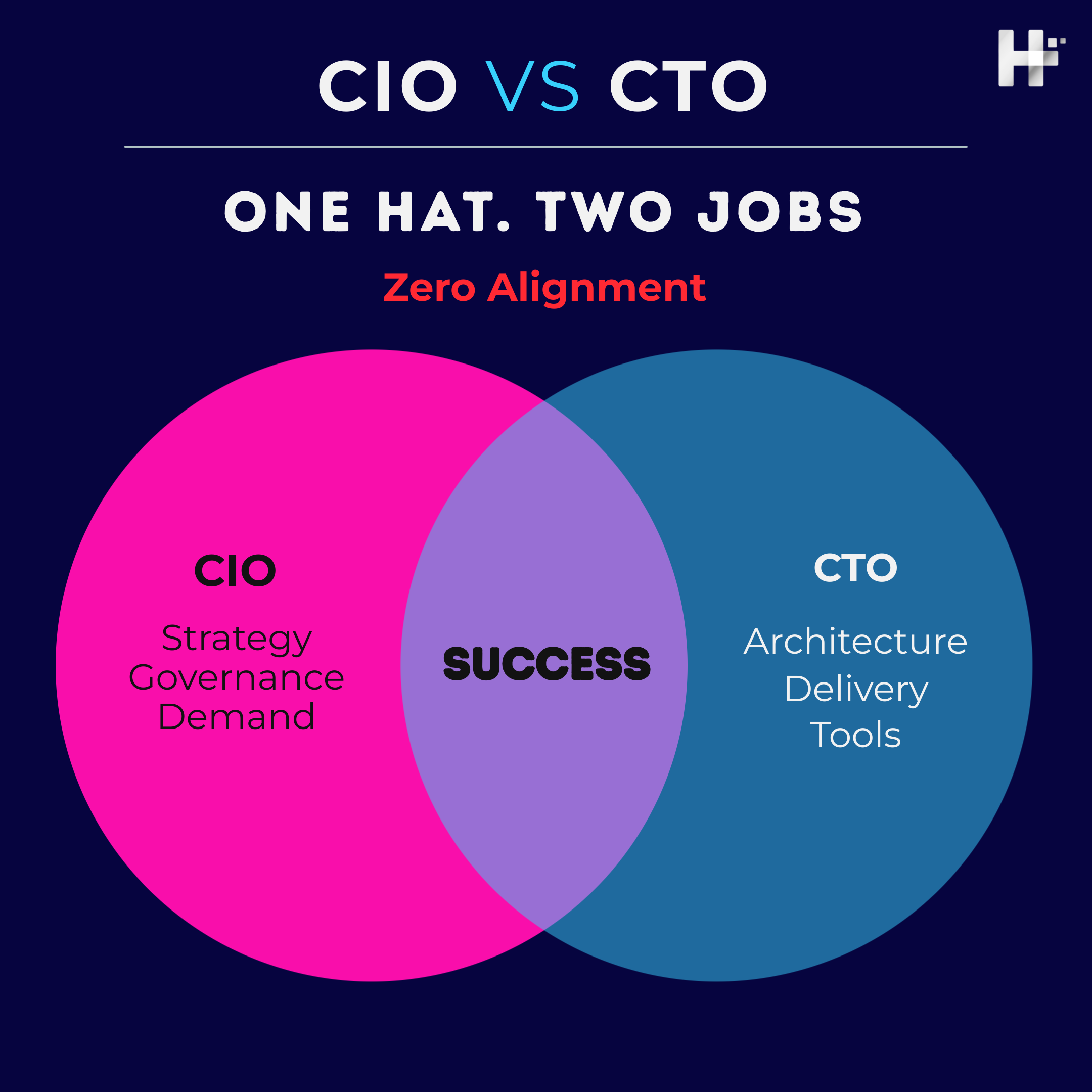ITIL Service Design — Architecting for Uptime, Outcomes & Operational Reality
Most CIOs still treat Service Design as a technical exercise — solution architecture, integrations, security, done.
But real Service Design goes far deeper.
It’s where resilience gets priced in. Where change becomes operationally viable. Where service utility and warranty get embedded into the DNA of delivery.
Ignore it — and you’ll find yourself live with services that are unstable, unsupported, under-documented, and outrageously expensive to fix.
Design isn’t a tech task. It’s a leadership discipline.
The Real Problem: Design is Siloed, Rushed, and Underfunded
Here’s what usually happens.
A project gets the green light. Business pressure mounts. Solutions are procured, configured, and deployed.
And then someone asks:
“Who’s supporting this after go-live?”
Cue the scramble.
Design gets squeezed between procurement and transition. No one designs for:
-
Support organisation readiness
-
Commercial models that align with demand
-
Recovery processes
-
License and compliance risk
-
Realistic SLAs
-
Monitoring / Event requirements
-
Service level reporting
-
Knowledge capture and transfer
The result? Services that limp out of the gate, disappoint users, and exhaust support teams.
✅ The Good: When Service Design is Business-Aligned Engineering
In mature orgs, Service Design is non-negotiable.
It ensures:
-
Warranty and utility are explicitly addressed.
-
Contracts reflect operational needs.
-
Support structures are funded and trained.
-
Testing includes service operations, not just users.
-
Architecture is resilient by design — not patched post-launch.
-
The handover to operations is a glidepath, not a cliff edge.
This is where true service ownership starts.
❌ The Bad: When Design is Just Tech Spec Documentation
Here’s what poor design looks like:
-
SLAs written after go-live.
-
Monitoring bolted on as an afterthought.
-
Support teams not involved in UAT.
-
Vendors onboarded without support models defined.
-
License exposure discovered during audits.
-
No testing of backups, recovery or failover.
IT ends up firefighting, not delivering.
🧠 CIO WAR CHEST: Questions That Force Design Discipline
-
Which non-functional requirements were defined before build — and who signed them off?
-
Ask: Service Owner, Business Analyst
-
Data: NFR documents, acceptance criteria logs
-
-
What does the service warranty model look like — and how was support designed and funded?
-
Ask: Service Design Lead, Finance BP
-
Data: Design pack, org charts, FTE plans
-
-
What failover, recovery and resilience mechanisms were tested before go-live?
-
Ask: Solution Architect, Infrastructure Lead
-
Data: UAT scripts, DR test reports
-
-
What metrics are used to track service quality — and are they built into contracts and monitoring?
-
Ask: Service Delivery Manager
-
Data: Monitoring dashboards, supplier SLAs
-
-
Which teams were trained before launch — and how is knowledge maintained post-launch?
-
Ask: Transition Manager, Training Lead
-
Data: Training records, knowledge base audit
-
🧨 Design is the Silent Success Factor — or the Source of Endless Pain
Good design prevents operational chaos before it starts. Bad design ensures it.
As CIO, your job is to demand holistic service design — not just technical build specs. It’s the difference between services that run, and services that run well.
🚀 Need Help Building Real Service Design Discipline?
We work with CIOs to inject real-world accountability into the design phase — from sourcing to support.
If you’re tired of services going live half-baked, let’s talk
Follow us
Latest articles
December 18, 2025
December 18, 2025
December 18, 2025
December 18, 2025
December 18, 2025
December 18, 2025








